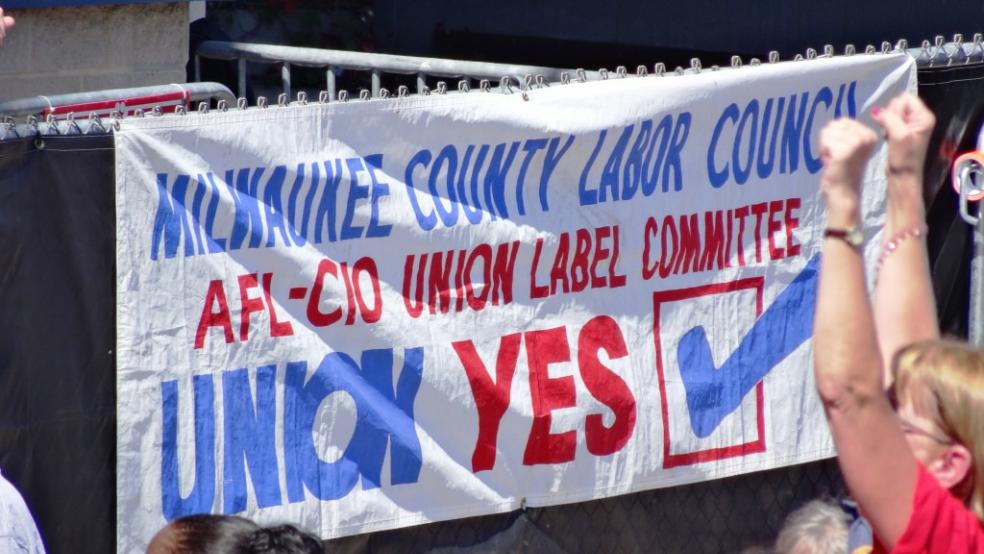Donald Trump sat down with a group of union leaders on Monday for a “listening session” to discuss American jobs. While most labor leaders supported Hilary Clinton in the election, Trump’s message about jobs and protecting American workers appealed to their members, many of whom voted Trump.
Now the president is hoping that moves like withdrawing from the Trans-Pacific Partnership and promised infrastructure projects will bring union leaders into his camp. However, even if he succeeds, he’ll find a smaller, less powerful bloc than he might have a decade or two ago.
Related: 15 Great Jobs for Retirees
New data from the Bureau of Labor Statistics finds that union membership hit a record low in 2016, with just 10.7 percent of Americans belonging to organized labor. When the BLS started tracking such data back in 1983, union membership was over 20 percent.
.jpg)
One in three public-sector workers belonged to a union in 2016, while just 6 percent of private-sector workers were organized. Men were slightly more likely to belong to unions than women, and black workers more likely to be union members than whites, Asians or Hispanics.
Workers between the ages of 45 and 64 were most likely to be in a union.
Union membership varied by geography, as well. New York state had the highest union membership rate (24 percent), followed by Georgia (19.9 percent) and Alaska (18.5 percent). Union membership was lowest in South Carolina, where just over 1 percent of workers were union members.





